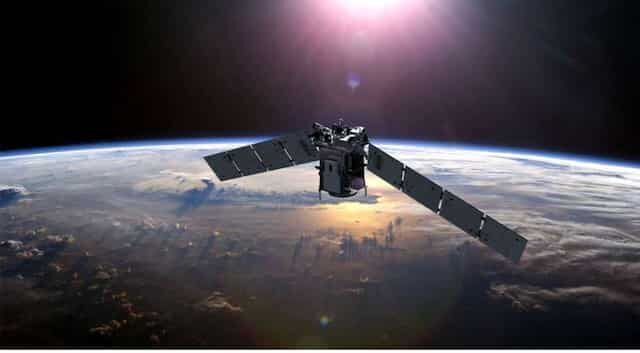OF THE
TIMES
Today as never before we need to comprehend the course, logic, and path of the process of history. Every day we need to make decisions that will affect future generations. It has become obvious that no single nation, confession, social class or even civilization can solve these problems on its own. We increasingly have to listen to one another: Europe and Asia, Christians and Muslims, White and Black peoples, citizens of modern democratic states and places where traditional society survives. The key is to understand one another correctly, avoid hasty conclusions, and acquire the true spirit of tolerance and respect toward those with different value systems, habits, and norms.
Good to see he's openly returned to his original job pre-election as a Comedian!
How naive? They(Russia) think that they are on the right side ( in spite of the fact that the west has not been a force for good as well), after...
I'd tell him to go to hell but he should be arriving long before that.
Main Stream Politics = Social security for the elite.
Zelensky: Star spangled beggar.
To submit an article for publication, see our Submission Guidelines
Reader comments do not necessarily reflect the views of the volunteers, editors, and directors of SOTT.net or the Quantum Future Group.
Some icons on this site were created by: Afterglow, Aha-Soft, AntialiasFactory, artdesigner.lv, Artura, DailyOverview, Everaldo, GraphicsFuel, IconFactory, Iconka, IconShock, Icons-Land, i-love-icons, KDE-look.org, Klukeart, mugenb16, Map Icons Collection, PetshopBoxStudio, VisualPharm, wbeiruti, WebIconset
Powered by PikaJS 🐁 and In·Site
Original content © 2002-2024 by Sott.net/Signs of the Times. See: FAIR USE NOTICE

Comment: However it's not just satellite particulates that are a cause for concern, because back in 2023: Russia to launch mission to rescue stranded ISS crew after meteoroid strike
It's also particularly notable considering how back in 2022: Minor geomagnetic storm brings 40 recently launched Starlink satellites crashing down to earth
See also:
SpaceX is reportedly building hundreds of spy satellites for the US government